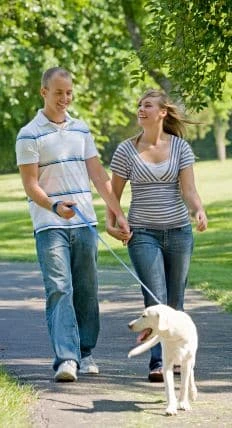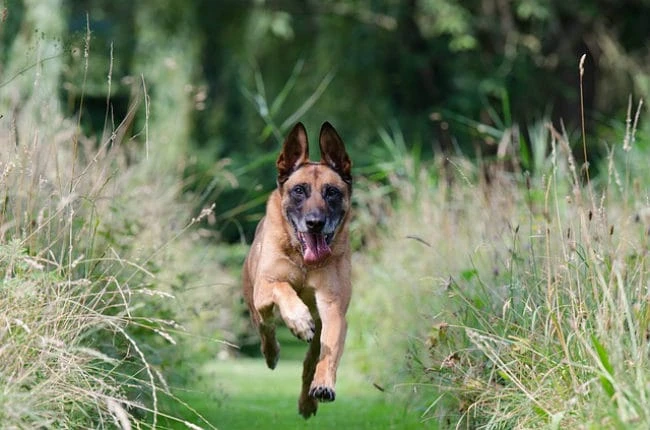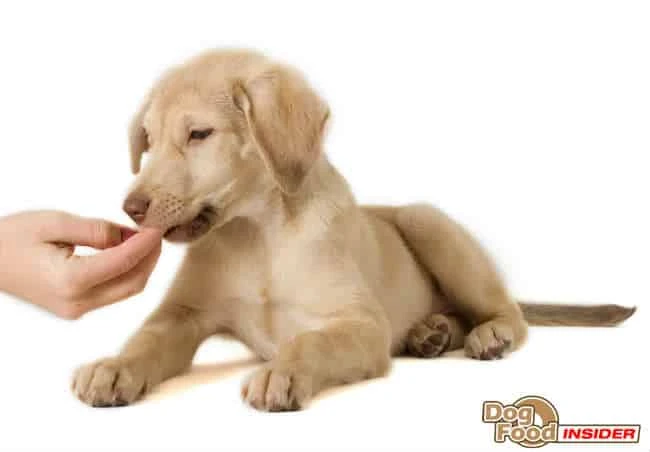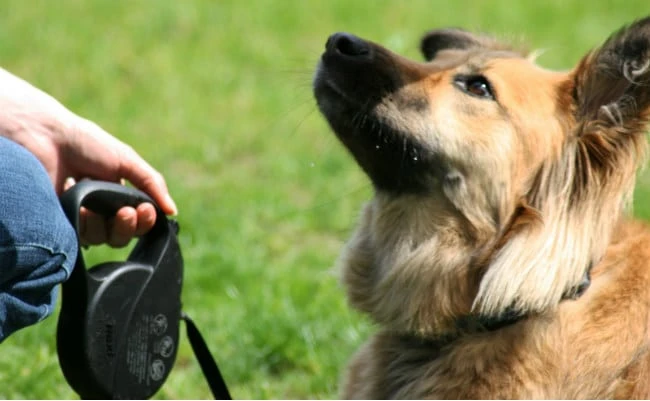Dog Training Tips, Crate Training a Dog, Housebreaking Dogs

Dog Training Tips
Learn how to train a dog with our collection of great tips!

In this section you will learn all the dog training tips you will ever need including, basic & advanced dog training techniques, tools & commands, so that you can master dog crate training, dog potty training, house training and many other dog training methods fast & effectively.
We are constantly updating our site but listed below are some of the tips you will learn, including basic and advanced dog training techniques such as:
-
- Tips on house training a dog
-
- Techniques on crate training a dog,
-
- Basic dog training commands including training your dog to come,
-
- Learn how the experts go about housebreaking dogs
And many other tips…this page will start by introducing some specific dog training techniques that the professional dog trainers use but don’t tell you!
Dog Training Tips
Submissive Urination
Although there are many dog training tools and devices that you can use to train a dog or puppy – we feel that it is always best to try and understand how your dog feels.
By observing your dogs behavior, sometimes you are able to cure a particular problem before it becomes serious.
A good example would be submissive urination.
If your dog is peeing when you go to pet him when you get back from work… don’t pet him…
Wait until your dogs behavior calms down and then simply acknowledge your dog with a ‘hello’.
Instruct visitors not to lean over your dog as this is showing a dominant position and may lead to submissive urination.
Although you need to remain the alpha male it is important that you get the balance right. 
Dog Training Tips
How to Train a Dog with…
Dog Obedience Training Secrets
Get the Timing Right
When you are learning how to train a dog using positive reinforcement it is always important that you time it perfectly when you reward your dog.
It’s a good idea to carry a treat in your hand and reward your dog immediately after he has responded well to your particular command.
This is the same when you reprimand your dog – only do this if you catch your dog in the act of misbehaving and never ever use any physical punishment.
Good Eye Contact
It is important when you are giving your dog a command that you keep eye contact with him at all times, and only give a verbal and physical hand gestures when you have a fixed eye contact with your dog.
This means that your dog is actually paying attention to what you are telling him and will keep him actively involved in the obedience training process.
Try not to give your dog lots of treats but keep a mental tally of how many you have given to him.
Body Language
You need to anticipate your dog’s psychology bu learning to understand his body language.
Make sure when you give dog training commands to your dog at the very moment that you feel his attention and concentration is starting to wander.
It is important that you anticipate this lack of concentration quickly so that you reward him before he disobeys you…
If you give the reward after he has disobeyed you he will obviously feel that disobeying you was the right thing to do.
This is one of the most important dog training tips as it enables you to only reinforce positive behavior
Rewards
We have spoken about the importance of giving your dog rewards immediately after the good behavior but praise is just as important.
After a while when your dog is responding to your commands quickly and consistently you can start to give the rewards intermittently and eventually not at all.
Lessen the rewards but increase the praise – until the praise is enough for your dog.
Reprimanding your Dog
It is up to you how you reprimand your dog as long as you never use physical punishment.
Some people have trained there dog to master the ‘No’ command and some people prefer to use a firm verbal command such as ‘Leave It’ and then a harmless spray from a water bottle as this is quite an effective way of reprimanding your dog.
We prefer to use conventional dog obedience training by training a dog to understand that this behavior is unacceptable before it takes route.
Don’t panic as we will cover the ‘No’ command and other more acceptable ways of reprimanding your dog later in this dog training tips section.
Dog Training Tips
How to Train a Dog – Giving Commands.
When you are training a dog it is important that you keep the commands and short and sharp and make any hand signals quite obvious.
Don’t start issuing lots of commands and wave your hands around like a windmill as this is only likely to confuse your dog.
Start by getting your dog’s attention by calling his name and keep good eye contact.
When this is all in place you can then issue your command.
Use different levels of intonation or inflection in your voice as your dog will understand this.
Raise your voice into a chirpy happy tone when you are pleased and the opposite when you are unhappy.
It is also important when following any dog training tips or techniques that you recognize that your dog also understands facial expressions.
Consequently, smile when you are happy with your dog and frown when you are not so happy – your dog will understand you.
Below we have provided some dog training tips that you should follow when you are issuing basic dog training commands.
Getting your Dog’s Attention.
- Start by attracting your dog’s attention by calling his name. You should ask your dog to ‘Sit’ and you should be standing upright.
- Get your dog’s attention by using a treat as a reward and showing it to him – make sure that eye contact is being kept at all times.
Use a welcoming posture and open Body Language.
- You want to make your dog actually want to approach you – to do this open your arms nice and wide and with a big smile and a chirpy and excited voice call your dog to you by using his name.
- Make sure that you give your dog lots of praise when he reaches you.
Be Firm – No means No.
- When your dog misbehaves you need to let your dog know that you are not happy.
- Start by using a threatening position – to do this stand upright with your hands on your hips and in a very firm voice and with a frown repeat the ‘No’ command.
- Remember that with all dog training tips you need to have caught your dog in the act of misbehaving not five minutes after the event.
Using Hand Signals
- Use a combination of verbal commands and physical gestures as this will make it even easier for your dog to understand you when you are issuing a training command.
Dog Training Tips
How to Train a Dog…
Now put it all Together!
Learning how to train a dog should be fun for both of you. The training regime should be kept to a quiet environment where there will not be any interruptions.
You need to remember that the training should not be a substitute for any exercise and should be kept separate.
Keep the Lessons Short.
- You need to remember that dog’s have a short attention span – much shorter than humans, so keep the sessions to a maximum of 15 minutes.
Choose the right time to Train your Dog
- It is best to choose the best time to train your dog.
- As we are using reward based training, a great time to train your dog is when he is hungry as he is much more likely to follow your commands when you have a treat in your hand.
- This obviously depends on your dog so check with your Vet first but when dog obedience training – keep your dog to two meals a day as this will allow time for successful reward based training sessions.
Finish all Training Sessions with some Fun.
- Let your dog know that the training session is over by ending with a fun game.
- Don’t reward your dog with lots of treats as this will encourage your dog to rush the training session so that he gets his treat faster.
Dog Training Tips – step by step
1. Training your Dog to Come: Learn this basic dog obedience training technique indoors and outdoors, so that you feel safe when out walking your dog.
2. Dog Psychology: Learn how to train a dog by understanding dog psychology and dog behavior. Discover simple dog training techniques so you remain ‘Top Dog.’
Return from dog training tips back to dog obedience training home-page




